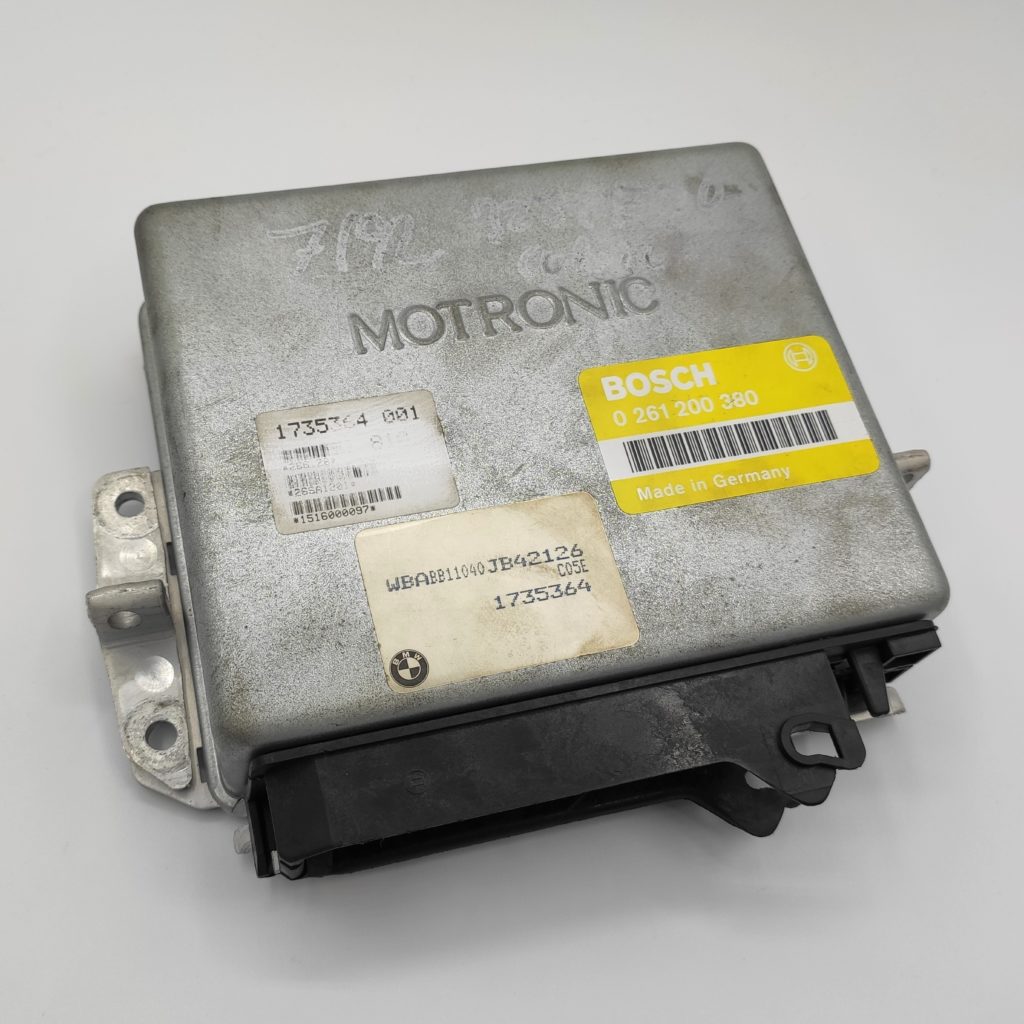Einen Moment bitte
Anfrage Erfolgreich
Wir senden Ihnen zeitnah ein Angebot!
23 Nov 2021
With the extinction of the carburettor concept for treating the air-petrol mixture, many models from the late 1970s onwards used electronically controlled injection systems. Even though these were “cutting edge technology” for the time, today there is much loftier technology that is easier for the end user to operate.

In carbureted engines, the composition of the air-petrol mixture is regulated purely mechanically by the venturi principle and the size of the nozzles. In the injection system, on the other hand, complex control units calculate the correct opening times of the injection valves in relation to the calculated air mass for stoichiometric combustion.
The most widely used are the L- and K-series of Jetronic, as well as the Motronic from Bosch. In the control units, the fuel quantity and the ignition angle are stored in hexadecimal code in a chip, usually an EPROM. If you have modified your engine a little, with a manifold, sharp camshaft, larger valves or similar, these maps must be adapted to the new parameters. Unfortunately, this is exactly where the problem lies. To oprint the maps, you need antiquated hardware and an expert who knows the old programming language inside out. Unfortunately, the latter are becoming increasingly difficult to find. In addition, the EPROM can only be “burnt” once. If the maps are not exactly right at the first attempt or if something is changed in the engine hardware, a new chip (eprom) must be written and installed.
Stand alone engine control units provide a remedy here. These replace the original units and allow the optimisation of the characteristic diagrams, as well as a multitude of other functions, via modern software on the laptop. In this way, almost anyone with a basic understanding of engines and a little research can become an engine tuner. A chassis dynamometer is not necessarily required for tuning. The programme processes all incoming measured values and writes the injection maps automatically and almost by itself when driving down a country road.


The modern control units can read a variety of sensors to monitor engine running. For example, a wideband Lambda sensor can be used to set the perfect mixture for any load condition for optimum fuel consumption and performance. With a knock sensor, a possible premature ignition is detected immediately, so not much can go wrong when creating the ignition map either.

Another advantage is that obsolete technology that restricts performance, such as air flow meters or distributor ignitions, can be replaced or completely eliminated. In order to maintain the original look in the engine compartment or cockpit, special production is often required. Thanks to modern 3D printing production processes, this can also be done quickly and cost-effectively.
Whether it’s a sensor holder, air filter box or a panel for additional instruments, we at Oldtimerparts will be happy to support you with your next project! Simply send us an enquiry via our spare parts enquiry.